Discover 6 hidden attractions, cool sights, and unusual things to do in Cullman (United States). Don't miss out on these must-see attractions: Ave Maria Grotto, Cullman County Museum, and Sportsman Lake Park. Also, be sure to include Stiefelmeyer's in your itinerary.
Below, you can find the list of the most amazing places you should visit in Cullman (Alabama).
Table of Contents
Ave Maria Grotto

Tourist attraction in Cullman, Alabama. Ave Maria Grotto, in Cullman, Alabama, is a landscaped, 4-acre park in an old quarry on the grounds of St. Bernard Abbey, providing a garden setting for 125 miniature reproductions of some of the most famous religious structures of the world. It was added to the Alabama Register of Landmarks and Heritage on February 24, 1976, and to the National Register of Historic Places on January 19, 1984.[1]
Address: St. Bernard Abbey, 35055 Cullman
Cullman County Museum
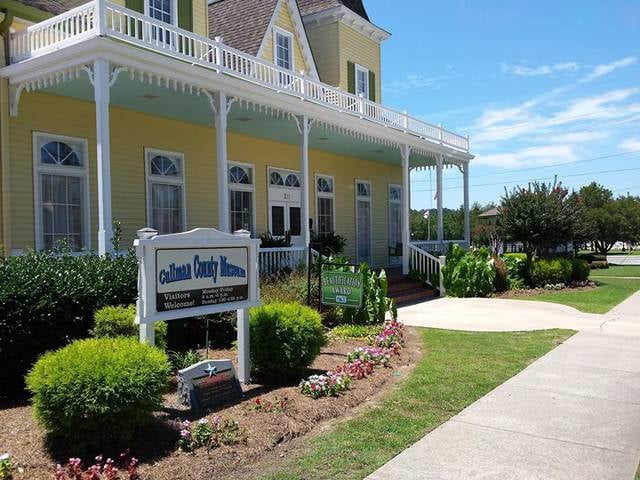
Museum in Cullman, Alabama. The Cullman County Museum is a local history museum located in downtown Cullman, Alabama, on the corner of Arnold St. and 2nd Ave. N.E. It is housed in a replica of the home of Col. John G. Cullmann, the founder of Cullman. The museum, which opened in 1973 during the town's centennial, collects and preserves items that illustrate life in Cullman's past, including the area's natural history and its Native American and German settlers.[2]
Address: 211 2nd Ave NE, 35055-2905 Cullman
Sportsman Lake Park
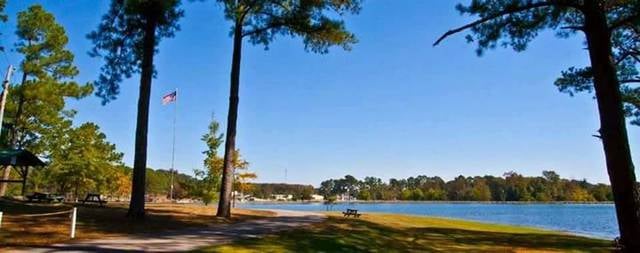
Park, Relax in park
Address: 1544 Sportsman Lake Rd NW, 35055-1735 Cullman
Stiefelmeyer's
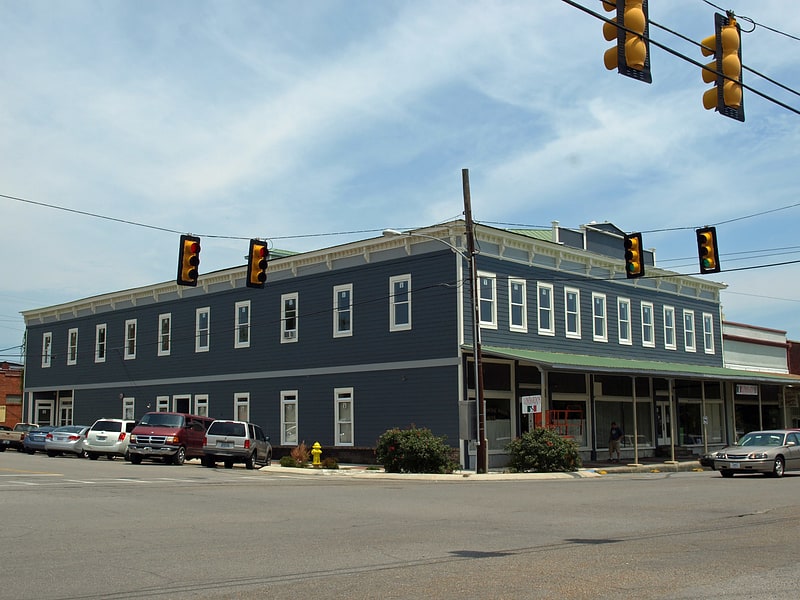
Stiefelmeyer's is a historic commercial building in Cullman, Alabama. The store was founded in 1888, and occupied a two-story frame storehouse until it was destroyed by fire in 1892. Although brick had already become the material of choice for commercial buildings in the town, the current Stiefelmeyer's was built in 1892 of wood. An addition was constructed in 1900, expanding the building to its current size. As other wood commercial buildings were destroyed by fire and replaced with brick structures, Stiefelmeyer's remains the only example of the once-dominant building material in Cullman's commercial district.
The two-story building was designed in Italianate style. The building has a tall cornice with scroll-cut brackets and modillions. The front façade features two sets of double-leaf doors, each flanked by large display windows resting on marble base panels. A shed roofed canopy, similar to the one installed around 1900, covers the sidewalk along the front. The first floor doors and windows are topped with prism glass transoms. Two further entrances are along the 2nd Street side, one in the middle, and a recessed entrance near the rear. Several one-over-one sash windows with small transoms also line the side of the building. The second floor on the front and side also have rows of one-over-one windows.
The building was listed on the Alabama Register of Landmarks and Heritage in 1978 and the National Register of Historic Places in 1983.[3]
Ernest Edward Greene House
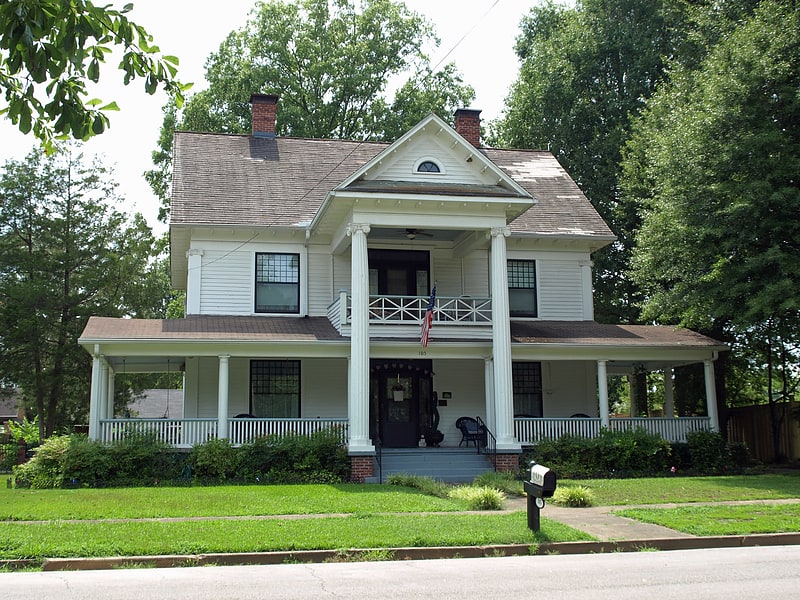
The Ernest Edward Greene House is a historic residence in Cullman, Alabama. The house was built in 1913 by Ernest Edward Greene, the superintendent of Southern Cotton Oil Company. After Greene's death in 1922, the house was passed on to several more owners, including John George Luyben, Sr. who lived in the house for 34 years.
The two-story house is built in Neoclassical style, and has a side gable roof with two interior chimneys. The three-bay façade features a double-height portico, supported by two Ionic columns. The corners of the house have matching Ionic capitaled pilasters. A one-story, hip roofed porch supported by ten Tuscan columns wraps around the front of the house and halfway down each side. The front door has one large pane of glass, as well as a transom and sidelights; a similar door leads from the second floor hall to the deck above. The door and portico are flanked on the first floor by 40-over-1 sash windows on the ground floor, while the second floor features 35-over-1 sashes; the side elevations have 25-over-1 sashes, with 20-over-1 and 10-over-1 windows on the rear. There are rounded 25-over-1 windows in the attic-level gable ends. The interior is laid out in a center-hall plan, with two rooms on either side of a main hall. A dining room, living room, kitchen, and study are on the main floor, with three bedrooms and a sitting room on the second.
The house was listed on the Alabama Register of Landmarks and Heritage in 1986 and the National Register of Historic Places in 1993.[4]
Cullman Downtown Commercial Historic District
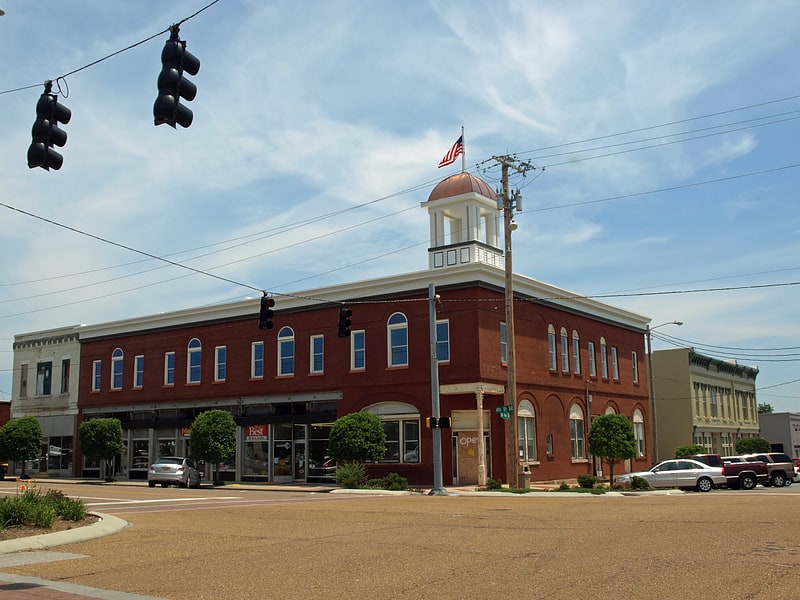
The Cullman Downtown Commercial Historic District is a historic district in Cullman, Alabama, United States. Cullman was founded in 1873 by John G. Cullmann, who purchased land from the Louisville and Nashville Railroad. Most early commercial buildings were constructed of wood, with the first brick building, a hotel and restaurant across from the L&N depot, completed in 1881. Most of the early wooden buildings burned, including the C. A. Stiefelmeyer Storehouse in 1892, which was replaced with the current Stiefelmeyer's building. A new post office building was constructed in 1910, at the same time as a major boom in construction. Following a lull during World War I, construction continued in the 1920s, including the First United Methodist Church in 1923. The majority of the 58 contributing structures in the district are one- or two-story brick buildings in basic commercial styles, some influenced by the Chicago School. Notable exceptions are the wooden Italianate Stiefelmeyer's building, the stone Gothic Revival First Methodist Church, and the Neoclassical Federal Building and German Bank building's corner cupola.
The district was listed on the National Register of Historic Places in 1985.[5]